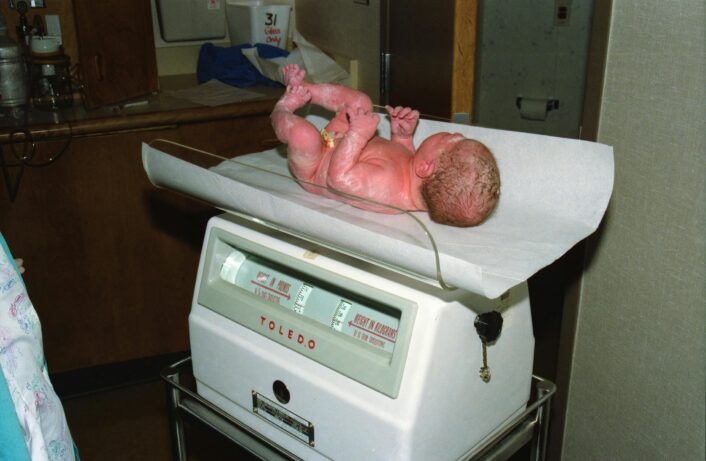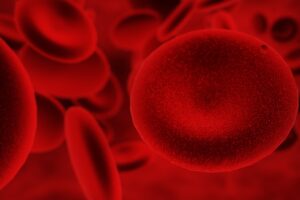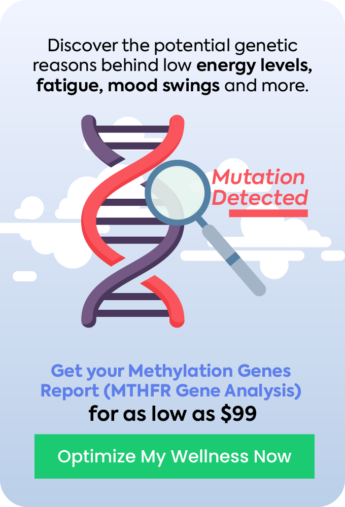Several genetic factors can influence birth weight by affecting fetal growth and development. These factors include gene variations related to growth factors, metabolism, and the placenta’s development and function.
A 2018 GWAS analyzed data from up to 86,577 women of European descent, part of the Early Growth Genetics (EGG) Consortium and the UK Biobank; researchers identified maternal genetic variants at ten loci (including MTNR1B, HMGA2, and CYP3A7) that are associated with offspring birth weight.
MTNR1B
MTNR1B is involved in the physiological regulation of insulin secretion and glucose homeostasis. It has implications for metabolic control within the body. Variants in the MTNR1B gene are associated with altered fasting glucose levels, increased risk of type 2 diabetes, as well as gestational diabetes. Research has also shown a link between genetic variations in MTNR1B and differences in birth weight, suggesting that the gene may influence fetal growth through its effects on maternal glucose metabolism and possibly other pathways related to melatonin signaling.
A 2015 meta-analysis of 11 GWAS involving 19,626 women of European descent pinpointed 18 SNPs for further examination in up to 13 additional studies comprising 18,319 women. One SNP within the MTNR1B gene (rs10830963) reached genome-wide significance, demonstrating a notable association with birth weight and known links to fasting glucose levels, type 2 diabetes, and gestational diabetes from previous studies. Specifically, each copy of the rs10830963 G-allele, associated with higher fasting glucose, was linked to a 31g increase in offspring birth weight.
HMGA2
The HMGA2 (High Mobility Group AT-hook 2) gene encodes a protein that belongs to the high mobility group (HMG) of non-histone chromosomal proteins. HMGA2 is particularly notable for its involvement in developmental processes. Variants in this gene have been associated with human height, suggesting a significant role in growth. HMAGA2 has been linked to birth weight and affects adipose (fat) tissue mass, indicating its relevance in prenatal development and metabolic regulation.
The SNP rs1351394 within the HMGA2 gene, known for its role in encoding the high mobility group-A2 protein, was associated with birth weight in Ladakhi offspring. High mobility group (HMG) proteins are critical nuclear components that bind to DNA, altering chromatin structure and thus regulating gene expression. The HMGA2 gene, in particular, has been linked to variations in height and birth weight among lowland populations and differences in adipose (fat) mass in pigs. It positions HMGA2 as a biologically plausible candidate for influencing these traits also in humans, highlighting its significance in genetic studies focused on physical development.
However, genetics alone does not influence birth weight. Your genes interact with environmental and maternal factors during pregnancy. The heritability of birthweight suggests that while genetics plays a role, it is part of a complex interplay of factors that affect fetal development.
Beyond the interesting findings of genetic variants in biologically relevant genes, also so called Polygenic Risk Scores (PRS) can be developed for the association between SNPs and Birth Weight. The PRS embrace the polygenic nature common to many human traits. The LifeDNAs SNP signature for Birth Weight is based on a PRS that includes over 6,000 SNPs (top 15 shown) , derived from a large study involving over 280,000 participants.











